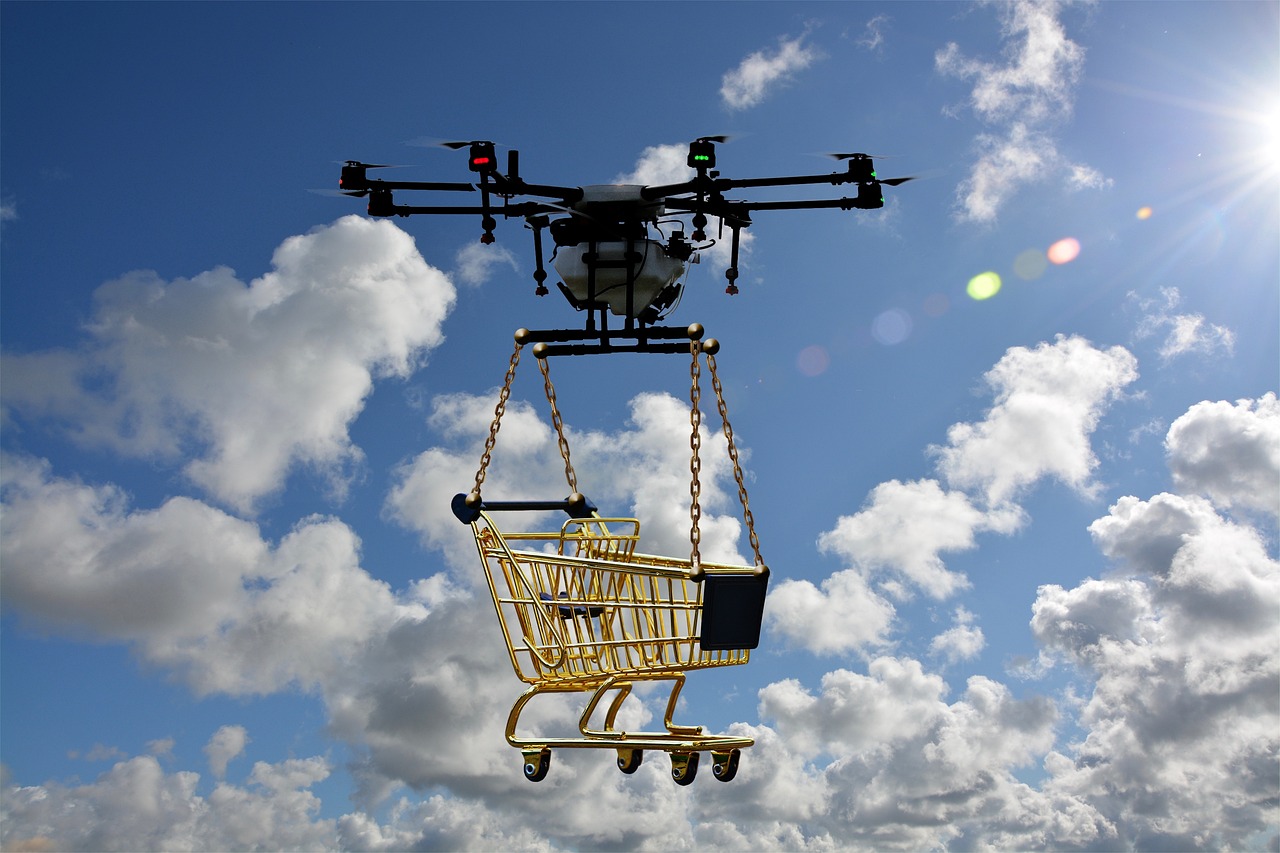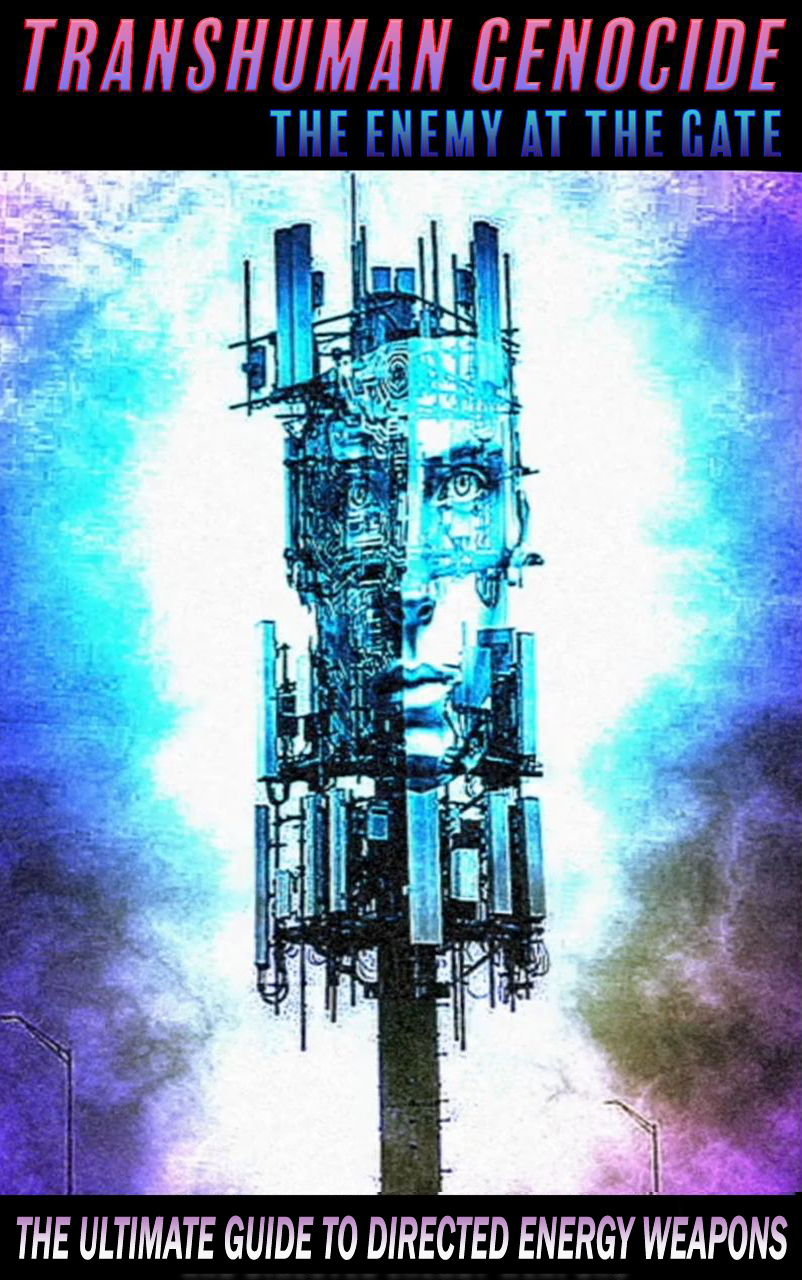Low-cost drones have revolutionized modern warfare, altering the very fabric of conflict dynamics. Ukraine’s reliance on these drones in defense against Russian aggression represents a pivotal shift. While humans still retain final decision-making power, the integration of autonomous weapons is reshaping the battlefield. Cyberattacks in the digital realm now have tangible implications on civilian populations and political landscapes. Notably, Elon Musk’s Starlink project provides crucial high-speed internet connectivity to Ukraine, facilitating communication and drone operations.

The mainstream narrative around the advancement of artificial intelligence (AI) in military technologies often centers on efficiency and strategic advantage. However, a deeper examination reveals the potential risks inherent in these developments. Systems like the Advanced Battlefield Management System (ABMS) and the Joint All-Domain Command-and-Control System (JADC2) wield significant control over military operations, including the potential use of nuclear weapons. Despite warnings about the dangers of automated decision-making processes leading to unintended nuclear conflicts, substantial budgets are allocated by the Pentagon for their development.
The integration of AI into weapons systems, particularly those involving nuclear capabilities, raises profound concerns. As nations embrace AI in military operations, the risks associated with AI-controlled nuclear weapons loom large. Experts caution against catastrophic outcomes stemming from the use of AI in critical decision-making processes. The absence of robust laws to regulate AI’s role in military escalation poses a grave threat, potentially sidelining human agency in nuclear decision-making.
Unmanned autonomous technologies, including drones and AI, have ushered in a new era of warfare characterized by precision and strategic advancements. The utilization of commercial drones in conflicts like the Russia-Ukraine clash underscores the evolving nature of warfare. Integrated autonomous systems, combining drones, robotics, and AI, present multifaceted challenges on the battlefield, introducing novel threats. China’s rapid strides in autonomous technologies underscore the global trend of near-peer competition in modern warfare. Ethical dilemmas surrounding accountability and decision-making in the realm of unmanned systems necessitate comprehensive countermeasures and strategic foresight for ensuring global security.
The nexus of AI and drone warfare readiness in the U.S. carries profound implications for the future of conflict. The unpredictability of war, as evidenced in the events of 2025, underscores the necessity of preparedness in the face of emerging technologies. The convergence of AI and drones represents a paradigm shift in military strategies, demanding a recalibration of defense mechanisms and policies to navigate the complexities of modern warfare. The intersection of these technologies not only transforms the nature of warfare but also shapes the geopolitical landscape, necessitating a strategic reevaluation of national security frameworks.

